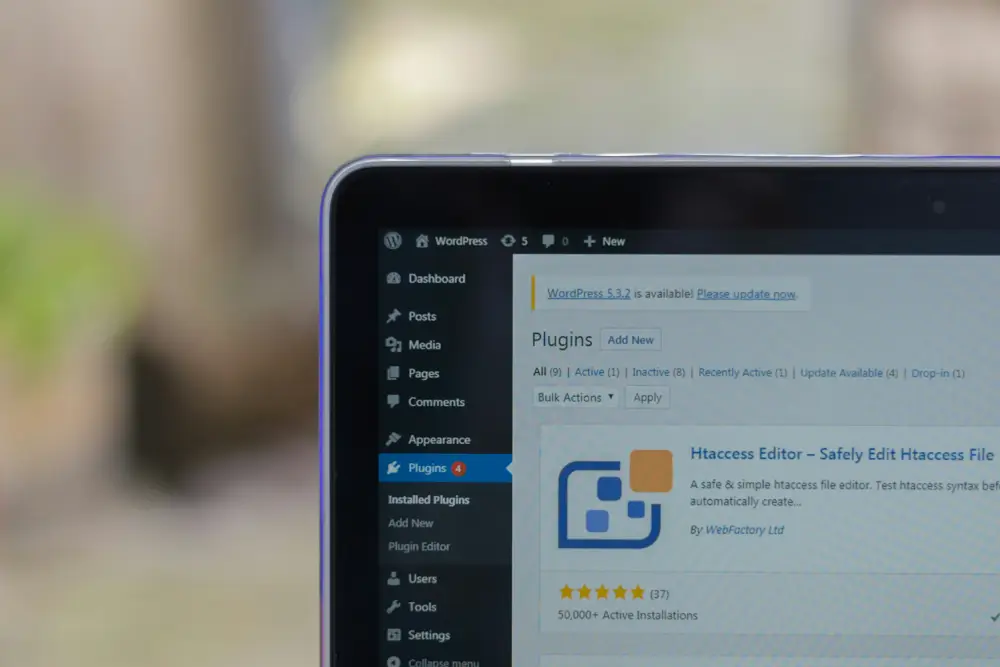In an era where environmental sustainability has become a pivotal concern, the digital realm is no exception. Sustainable web design, especially on platforms like WordPress, is gaining traction as a vital practice to reduce the ecological footprint of our online activities. This comprehensive guide will walk you through the essentials of creating eco-friendly WordPress sites in 2024, incorporating green hosting, efficient coding, and user-friendly design.
The Need for Sustainable Web Design
With the internet’s carbon footprint rapidly increasing, the need for sustainable web design is more pressing than ever. Websites contribute to carbon emissions through energy-intensive servers, data transmission, and inefficient coding practices. By adopting eco-friendly web design principles, businesses can significantly reduce their environmental impact while also improving user experience and potentially lowering operational costs.
Choosing Green Hosting
One of the first steps in creating a sustainable WordPress site is selecting a green hosting provider. Green hosts use renewable energy sources such as wind or solar power to run their data centers, which significantly reduces carbon emissions. Companies like GreenGeeks, DreamHost, and A2 Hosting offer WordPress-specific hosting plans that prioritize energy efficiency and sustainability.
Optimizing Images and Media
Large images and media files can slow down your website, leading to increased energy consumption each time your site is loaded. To combat this, always:
- Compress images and videos without sacrificing quality.
- Use modern formats like WebP for images and H.265 for videos, which offer better compression and quality.
- Implement lazy loading so that images and videos only load when they’re needed, reducing unnecessary data transmission.
Efficient Themes and Plugins
The choice of themes and plugins significantly affects your site’s energy consumption. Opt for themes that are optimized for speed and responsiveness. Lightweight themes like Astra or GeneratePress are designed to perform efficiently without unnecessary bloat. Additionally, evaluate plugins for performance before installing them, and regularly update or replace inefficient ones.

Clean and Sustainable Coding
Efficient coding can reduce server processing times and energy consumption. Streamline your HTML, CSS, and JavaScript by:
- Minimizing code bloat.
- Using CSS3 and HTML5 efficiently, as they’re designed to be faster and more energy-efficient than older technologies.
- Removing unused CSS and JavaScript files.

User Experience and Accessibility
An accessible website is inherently more sustainable as it reduces the need to reload or navigate multiple pages unnecessarily. Ensure your WordPress site is accessible by:
- Using clear, concise language.
- Ensuring keyboard navigability.
- Providing alt text for all images.
- Optimizing for mobile devices, which often use less energy than desktop computers.

Monitoring Website Energy Usage
Tools like Website Carbon Calculator can help you estimate the carbon emissions of your WordPress site. Monitoring these metrics allows you to adjust and improve your site’s sustainability over time. Aim for continuous improvement by analyzing performance data and user feedback.

Conclusion
Building an eco-friendly WordPress site is not just about reducing environmental impact; it’s about adopting a forward-thinking approach to web design that values resource efficiency and sustainability. By choosing green hosting, optimizing content, and streamlining your site’s architecture, you can create a faster, more efficient, and more environmentally friendly website.
Call to Action
Start your journey toward a greener digital presence by auditing your current WordPress site for sustainability, choosing eco-friendly options for hosting, and optimizing your design and plugins. Remember, every step towards sustainability is a step towards a better planet.
In 2024, as we continue to witness the impact of digital technologies on our environment, adopting sustainable web design practices becomes not just beneficial, but essential. Make your WordPress site a part of the solution by implementing these eco-friendly strategies today.





